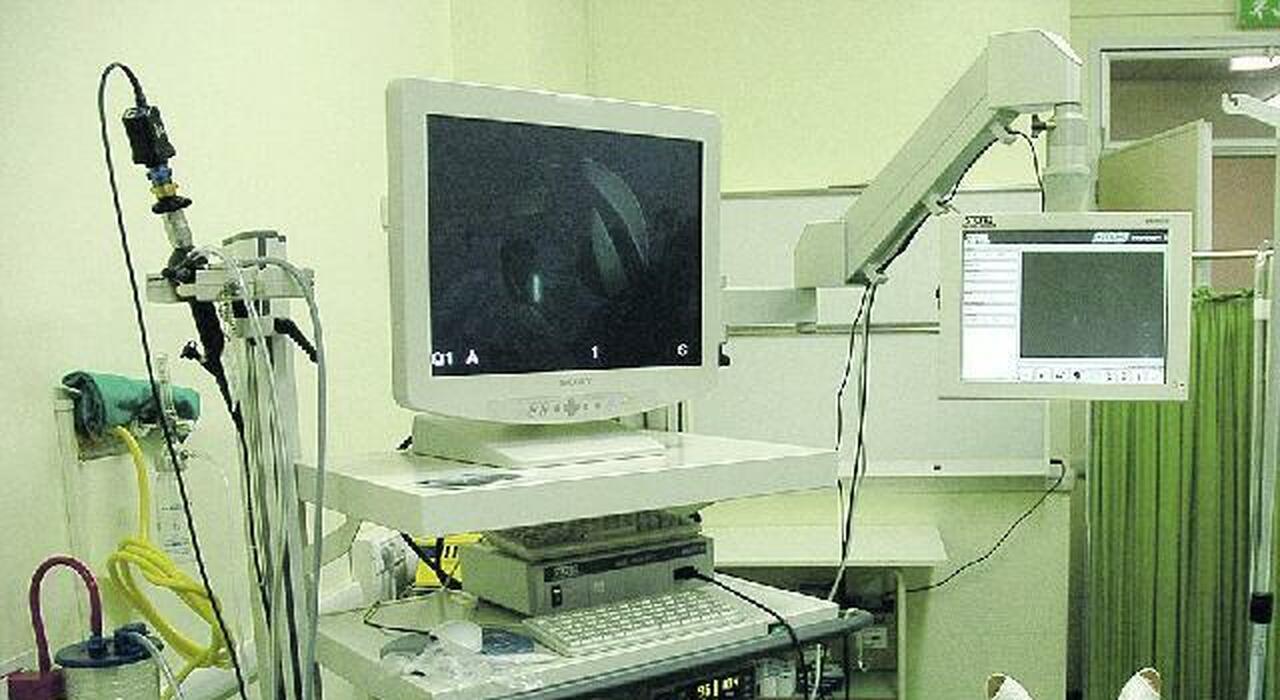«It is possible to solve the problem of waiting lists in a not so long time. In the maneuver, the government objectively increased resources and modified the spending ceilings for services guaranteed by accredited private healthcare facilities. But much will also depend on how the Regions apply the government’s indications. However, let’s take into account that Italians, when they manage to access the national health system, are largely satisfied.” These words are from Barbara Cittadini, president of Aiop, the Italian private hospital association, which represents 534 facilities throughout the country for a total of 59 thousand beds, of which 53 thousand are accredited. The other day, in a conference which was also attended by the Minister of Health, Orazio Schillaci, President Cittadini presented the twenty-first “Hospitals & Health” report, created in collaboration with Censis.
Heart attacks and strokes, the ranking of the regions best prepared for emergencies: this is where mortality is lowest
The objectives
On the same day, the Prime Minister, Giorgia Meloni, guest of a television program on Rete 4, confirmed that in the coming weeks the government will present a plan to reduce waiting lists. The contents were anticipated by Messaggero: the focus will be on an increase in staff, the opening hours of medical practices and laboratories and above all on real-time networking of information. «The report we presented – observes Barbara Cittadini – brings out some important data. 89 percent of Italians consider the National Health Service a pillar of our society and 90.5 consider the quality of the services received to be positive or at least sufficient. In summary: when the citizen-patient manages to access the health service he is very often satisfied, but the real problem is obtaining the services. 53.5 percent of citizens face excessively long waiting times compared to the urgency of their clinical conditions; 37.4 find blocked or closed lists.” The dramatic effect is that 42 percent of citizens with low incomes give up treatment. In Aiop’s research, an Italy with different speeds emerges: the percentage of positive assessments of the services received is high in the regions of the North-East (76.4 percent) and the North-West (73.9), lower in the Center ( 66.5) and in the South and in the Islands (54). This also explains another distortion: healthcare migration penalizes the southern regions above all. The president of Aiop observes: «Another figure makes us think: 40 percent of the population has resorted to paid healthcare services and this obviously penalizes citizens with economic problems. Many give up on treatment.”
Mixed system
Furthermore, a very negative effect derives from healthcare migration, as Barbara Cittadini further explains: «The regions that are in the recovery plan are those most in difficulty, because due to the limits they must respect they have not been able to improve the healthcare response from the from a quantitative point of view. And so the patients go to other regions, but this represents a loss of resources, also because the regions that are not in the repayment plan have a higher tariff.” One piece of data: in the national health system, explains the Aiop report, hospital beds “are 69 percent in the public law component and 31 percent in the private law component”. “Ours is a mixed system – says Barbara Cittadini – and citizens, in the majority of cases, do not see the difference between public and private accredited”. Good, but what can be the contribution of accredited private structures to the plan to reduce the waiting lists that have grown with the pandemic? «The government has changed the cap on the performance component of the accredited private individual. Consider that it was imagined at the time of the spending review and set it at the final figure for 2011. We could not provide more services than thirteen years ago, when everything was very different. Now for the first time there is an increase of 1 percent in 2024, to reach 4 percent in 2026. This will be useful and we will be able to play an important role in the plan on waiting lists. But the choices of the Regions will also be decisive: they must act in harmony with the government’s indications. Furthermore, the regulations on recovery plans should be reviewed, which must be emergency, not structural.”
© ALL RIGHTS RESERVED
